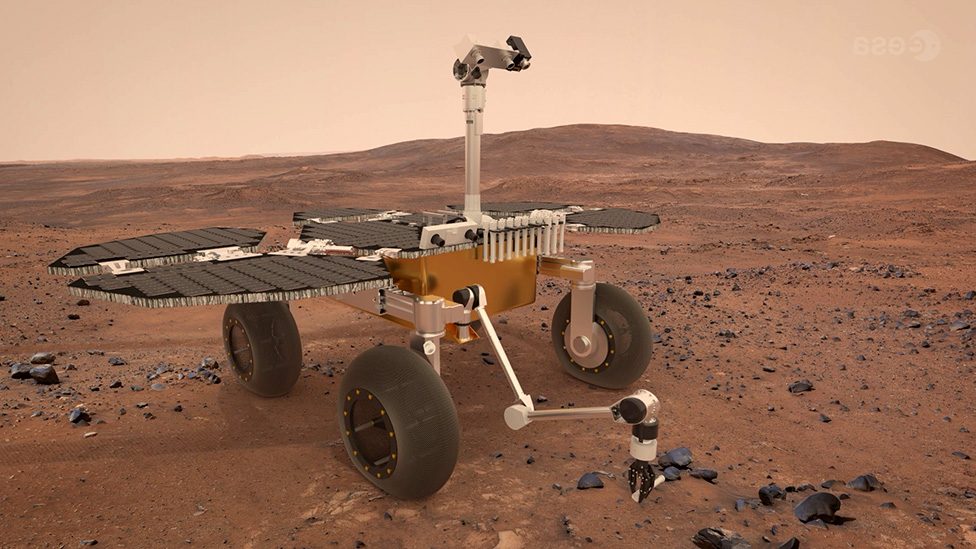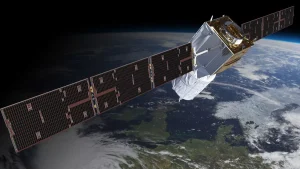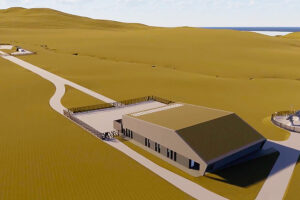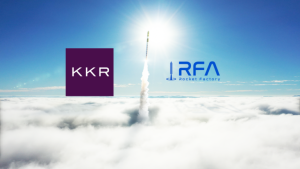UKSA roadmap bolts AI, robotics onto space exploration
21st Jul 2023
The UK government just released a new roadmap focused on identifying cutting-edge technology that the nation can utilize for the space industry, such as artificial intelligence, propulsion, and off-Earth life support. The Space Exploration Technology Roadmap document was released by the UK Space Agency on 20th July. The hope is to strengthen “under-developed technologies” within the UK to meet the ambitions of ESA Exploration Missions, NASA Exploration Missions, and aid in commercial opportunities with other allied nations.
Technologies identified in the roadmap were only chosen if they have a valid use in space exploration and must be an area where the UK can meet the principles part of the National Space Strategy, according to the space agency.
Areas of strength
The roadmap identified several technological areas of strength within the UK, from advanced manufacturing to nuclear power in space.
Automation and artificial intelligence were seen as “important” technologies for enhancing the capability of missions. “Autonomous navigation enables exploration of other planetary bodies without the need for direct control by crew on Earth or in orbit, reducing resource pressures and mitigating the impact of latency,” the document outlined.
“Furthermore, autonomous systems can compensate for regions in space with few or no fixed references for spacecraft to position themselves through various ‘localisation’ efforts.”
The UK is already ranked third in the world for investment in AI technologies and the space agency hopes to utilize this strength for space, mostly focused on machine learning for on-board data subsystems, software technologies, and software autonomy.
The roadmap also identified life support and crew performance as another strength within the UK, as it is expected that humans will be living and working off-Earth in great numbers in the future, the space agency explains. The UK hopes to invest in studying the negative impacts that microgravity has on the human body and provide countermeasures, such as telemedicine.
The roadmap also identified propulsion as a key element in the UK’s contribution to the space industry. From chemical propulsion technologies to electric and nuclear propulsion, the UK hopes to take these capabilities to space exploration.
In the report, the authors explain that:
“From launch to orbit to interplanetary travel, propulsion is a crucial component. The UK developed, built, and launched its own space rocket propulsion system, Black Arrow, in the last century.
The UK-built Rosalind Franklin rover and ESA’s Argonaut mission both require landing propulsion systems and are areas of ESA’s Exploration Programme that the UK is significantly subscribed. The UK Space Agency will continue to promote and facilitate UK expertise and development of these systems within ESA programmes and other exploration missions where it is applicable to the wider space industry”.
Other technologies identified included advanced manufacturing, communications, and mission operations, In Situ Resource Utilisation, navigation and sensing, robotics, sample curation, science instrumentation, and space nuclear power.
Solutions in motion
Between 2020 and 2021, the UK garnered £17.5 billion into the space sector and boasted almost 1,600 space organizations and companies. Furthermore, a recent Seraphim report showed that the UK remains the third largest nation – behind the US and China – when it comes to investors plowing money into the industry.
As the government sets its sights on focusing on technologies to advance the space industry, the roadmap identified some of the solutions already set in motion.
One solution included the ESA Rosalind Franklin Rover (formerly ExoMars Rover), which is set to launch in 2028 and study the surface of Mars, similar to NASA’s Perseverance rover. The UK is a major contributor to this mission, such as providing the rover design, assembly, and landing platform. Airbus in the UK has developed an autonomous mobility system that will assess the local terrain topology, helping the rover drive safely.
Another solution the report outlined was the UK Space Agency’s support of engines that can carry out deep space missions. “To get to planets like Jupiter, Venus, and Mars, the main spacecraft engine needs to be able to accelerate the vehicle to speeds up to ¼ million miles per hour when it leaves Earth orbit,” the agency explains. “Spacecraft engines at the 1 kN and throttleable 7kN thrust class have not previously been available. Such engines are now being considered for commercial missions of various outputs shows that high efficiency (lower propellant mass needed on board) and high thrust are the way forward for many future missions.”
Nammo UK, an aerospace and defense company, tests its LEROS 4 high-thrust engine at the UK National Space Propulsion Test Facility. The engine is being developed for Moon and interplanetary missions, operating a thrust range between 900N and 1,100N.







Thank you for your comment! It will be visible on the site after moderation.